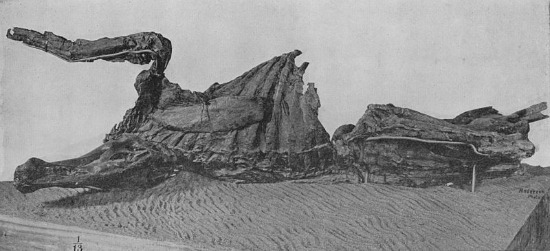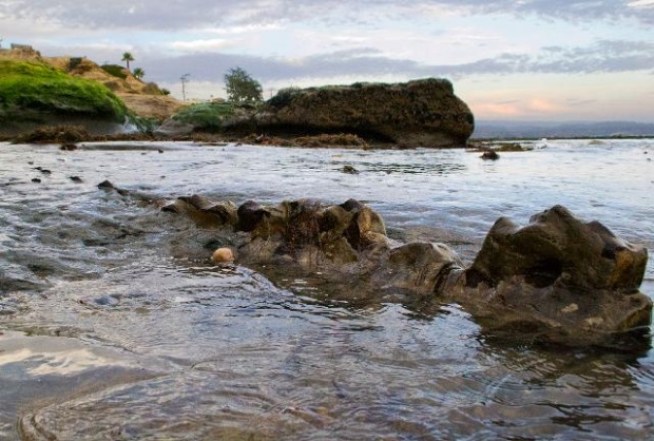Xenoceratops foremostensis lived 80 million years ago in Canada, and is the oldest dinosaur of its kind to be found in the country. The size of a large bull, the "alien horned face", its name translated, was in fact a vegetarian, but weighing two tonnes, two thousand kilograms...
Scientists in Alberta have identified a new type of horned dinosaur that resembled those of Triceratops, but lived 15 million years earlier.
Called Xenoceratops foremostensis, it was a vegetarian of two tons, which appeared 80 million years ago, becoming known for being the oldest dinosaur with large horns found in Canada.
"This creature was the size of a large bull, with two large horns on his forehead, above the eyes, and a large shield on the back of the skull," said Michael Ryan, head of vertebrate paleontology at the Cleveland Museum of Natural History and one of the authors of a study that describes the species in the journal The Canadian Journal of Earth Sciences."
Xenoceratops (Xeno + ceratops) means "alien horned-face," referring to the strange pattern of horns on its head and the scarcity of horned dinosaur fossils from this part of the fossil record. It also honors the Village of Foremost, located close to where the dinosaur was discovered. Xenoceratops had a parrot-like beak with two long brow horns above its eyes, much like a turtle. A large frill protruded from the back of its skull featuring two huge spikes.
"Starting 80 million years ago, the large-bodied horned dinosaurs in North America underwent an evolutionary explosion," said lead author Dr. Michael Ryan, "Xenoceratops shows us that even the geologically oldest ceratopsids had massive spikes on their head shields and that their cranial ornamentation would only become more elaborate as new species evolved."
Xenoceratops fossils were first collected in 1958, but remained unidentified at the Canadian Museum of Nature in Ottawa. Ryan and a co-author David Evans of the Royal Ontario Museum and the University of Toronto are working on a major effort, Project Southern Alberta Dinosaur, which identified about 10 new dinosaurs, including Xenoceratops.
Most known dinosaurs of Alberta were found further north in Dinosaur Provincial Park and Drumheller. The dinosaurs of the south, such as Xenoceratops, lived at least 15 million years before the Northern, Ryan said.
"We're trying to find a sufficient number of new dinosaurs to the south to help us understand what drove them to extinction," he added.
Translated from the Portuguese









